Abstracts of the 1st International Conference on Behavioral Addictions
Abstracts of the 1st International Conference on Behavioral Addictions; March 11–12, 2013, Budapest, Hungary
More...We kindly inform you that, as long as the subject affiliation of our 300.000+ articles is in progress, you might get unsufficient or no results on your third level or second level search. In this case, please broaden your search criteria.
Abstracts of the 1st International Conference on Behavioral Addictions; March 11–12, 2013, Budapest, Hungary
More...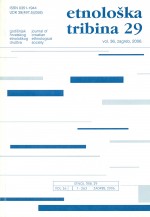
Review of: Rethinking Childhood, ed. Peter B. Pufall and Richard P. Unsworth, Rutgers University Press, New Brunswick, New Jersey and London 2004., 292 pp.; by: Jelena Marković
More...
The founding of the Sokol (Falcon) of the Yugoslav Monarchy was one of the measures introduced by King Alexander Karadjordjević in an attempt to reform cultural life in Yugoslavia after the enforcement of the dictatorship on 6 January. This act caused a thorough reorganisation of gymnastic organisations, without affecting sport. In the paper, the author describes this reorganisation, which took place throughout the year of 1929, as well as the reactions it caused.
More...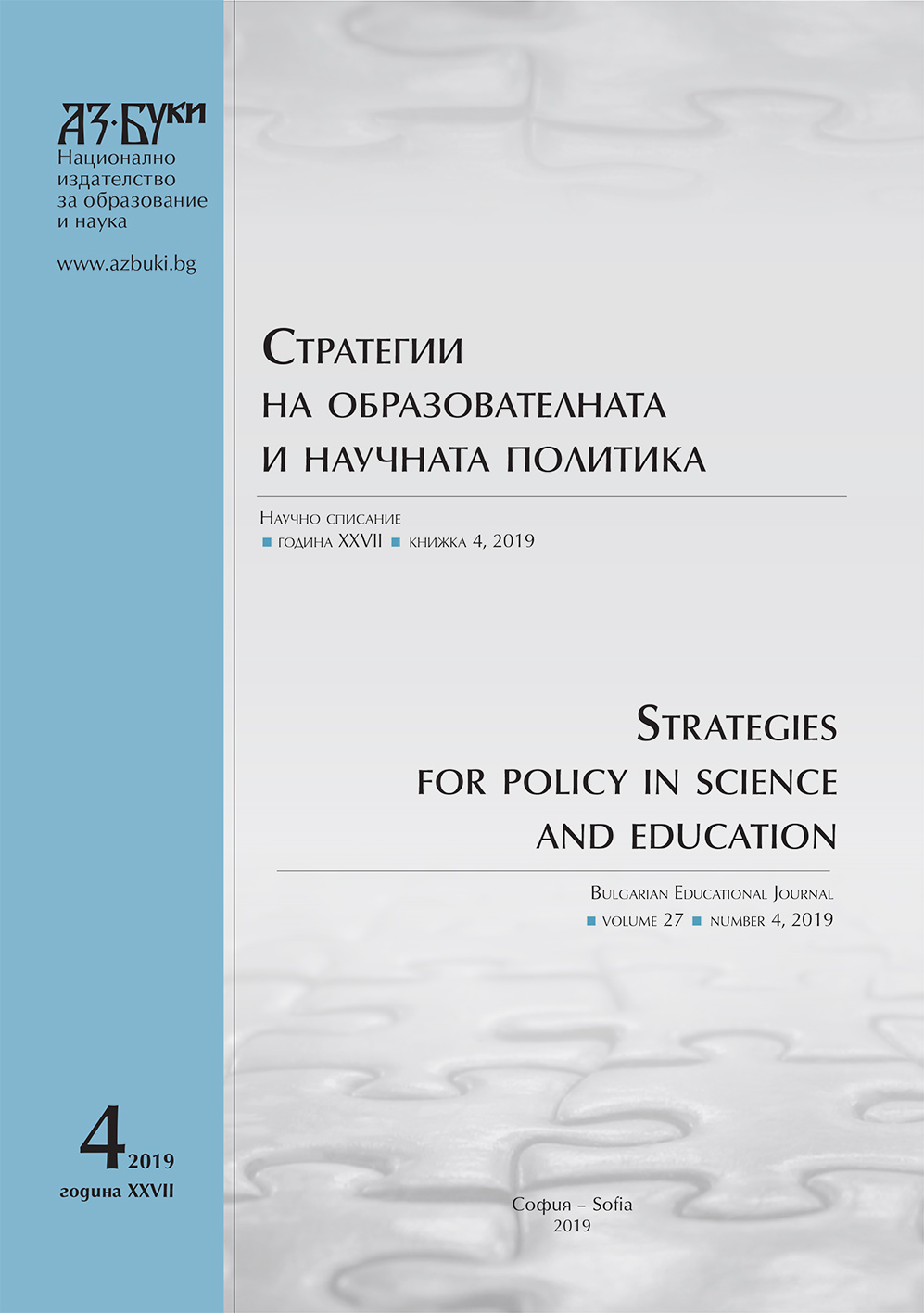
The purpose of this article is to present briefly some trends in the subjects “Physical Education and Sportˮ in the higher schools in Bulgaria, as well as results of a survey among students from Sofia University “St. Kl. Ohridskiˮ. Emphasis is placed on the inclusion of the gym in the types of sports offered to students and the current state of the fitness training system in the higher school.
More...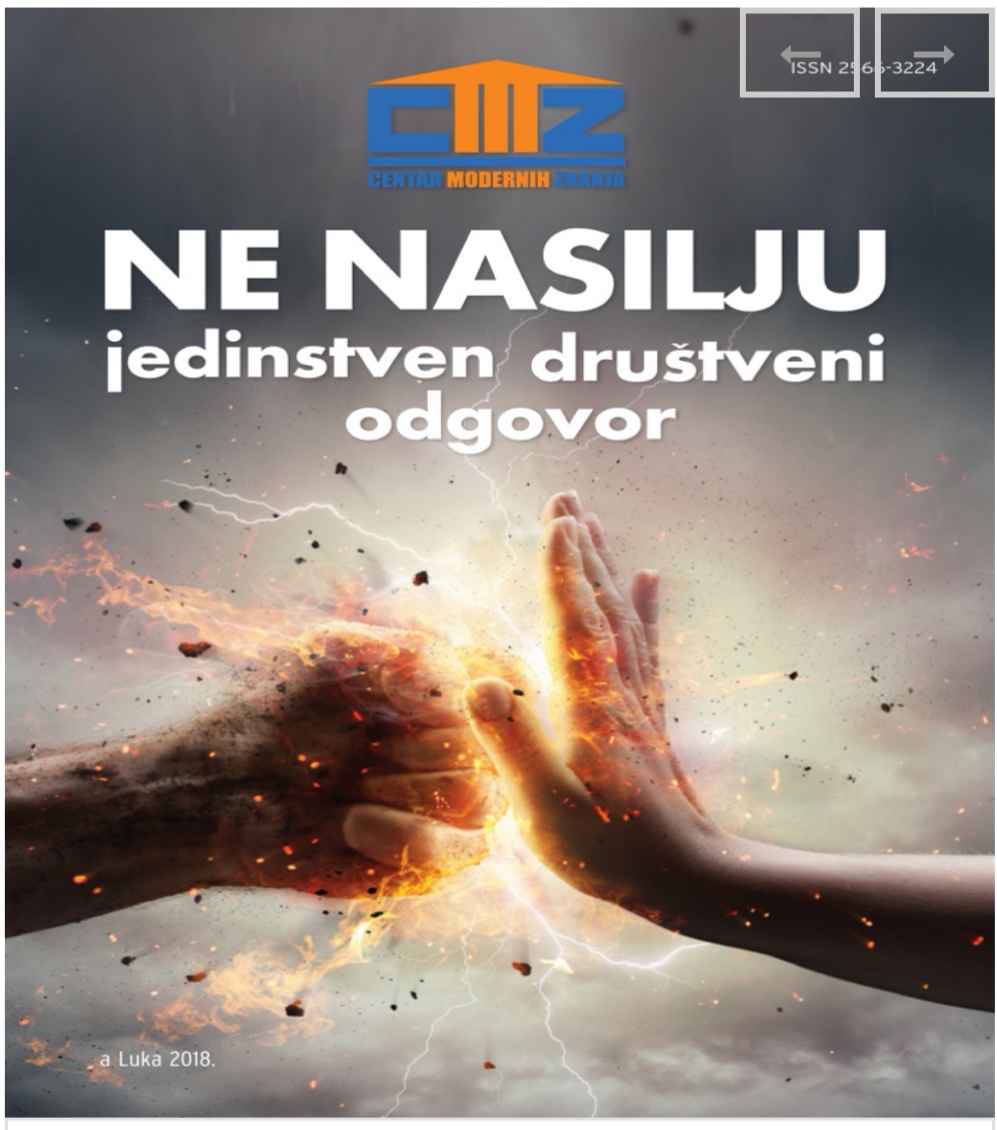
Serbia has been facing the problem of violence at sports events, especially over the last few years. Such events have often resulted in serious bodily harm and significant material damage. In addition, sports events have been getting a negative connotation, although sport should contribute to a constructive development of children and young people. In order to solve these problems, new legal texts have been adopted and already existing texts have been amended in Serbia. Thus, the paper provides conceptual definitions of violence at sports events, and then, using the normative-dogmatic and comparative method, it offers analysis of serbian legal solutions with a review of the situation and problems occuring in practice, as well as analysis of the compliance of serbian legislation with international, and especially european, standards in this area. The purpose of the paper is to indicate the possible directions for the reform of the existing solutions.
More...
Sport is analyzed as a symbolic dialogue and this aspect of social life is viewed upon as a unity of work and entertainment. This is not a phenomen isolated from socio- cultural occurrences as an entity, but is, on the contrary, an inclusive part of social structure and an everyday occurrence. An important feature of the modern way of life is a mass entertainment expansion, especially sport as a spectacle. Sport is considered to be a mirror of society and reflects the very best one nation possesses, but also the worst, the consequence of which is violence in sport, transferred from grandstands into the streets. Fans' violent and hooliganic behaviour before, during and after sport events is one of the more serious problems in the modern world. Sport hooliganism occurs as a problem not only in undevelopped societies, but in very developped and rich ones as well. Strengthening sport manifestations, political ideologies and street criminal encourage the development of this occurrence. Violence as an unavoidable society companion and its negative aspect, has been existing as long as society itself in general, and, although it has got independent effect and significance, it can never be viewed in isolation from its other similar occurrences, such as deviations, anomie, aggression and social clashes. Different forms of violent behaviour have been also demonstrated in the last years on public gatherings such as: political activist demonstrations, dissatisfied workers, students, nationalistic or xenophobic organisations and activists, but special attention should be devoted to violence in sport, among sports people as well as among fans.
More...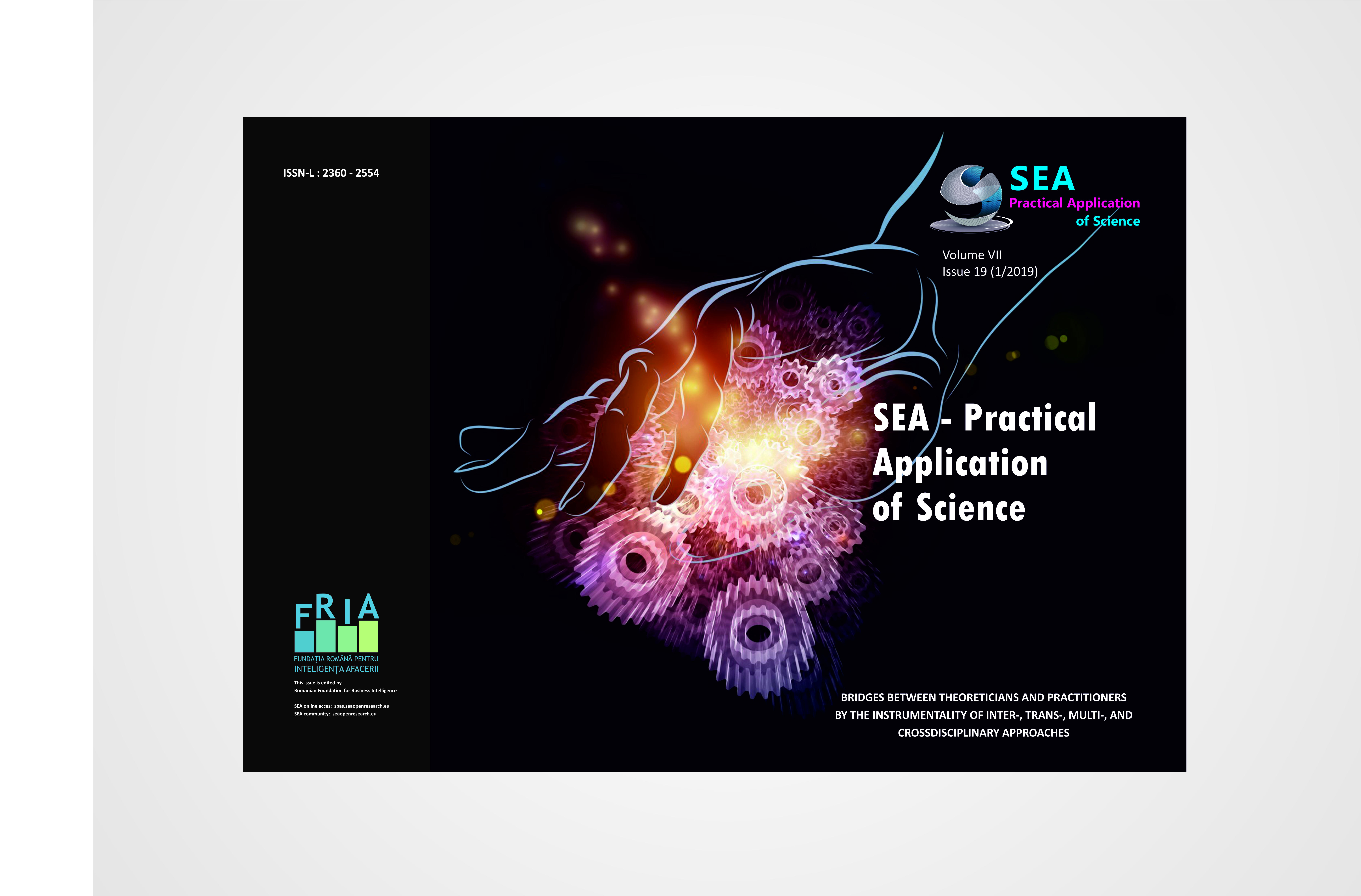
The Annual Campus Festival is among the summer music festivals in Hungary which targets higher education students and attracts a large number of participants. The organisers of the festival pay special attention to enhancing visitors’ interest in sport and music events. The Campus Sport Festival takes place annually to promote sport and to provide higher education students, fans and participants from Hungary and abroad (Romania, Slovakia and Ukraine) with memorable opportunities to get to know each other and socialize. Based on the results of a survey in 2017 this study analyses higher education students’ motivation to take part in such international events and focuses on similarities and differences identified among students from other countries. A programme for statistical analysis, SPPS, was used to study the differences among students from several countries and event motivational factors were taken into consideration when administering Pearson’s chi-squared and Kruskal-Wallis tests.
More...
Football-tennis is both an individual and team sport, with single, double, triple, plus double and triple mixed events. It is a complex sport where all the muscular groups, the technical-tactical aspects and all the moving abilities are involved: speed (reaction, execution, movement, strength and strength); Force (Force-Speed, Force-Resistance); resistance (specific, anaerobic); flexibility and mobility; coordinating capacity. The technique of football-tennis game is represented by all acyclic actions, based on the perception of the space and time-specific to this sport, which has been acquired correctly and in a balanced manner, leading to maximum results in competitions. The technique in the football-tennis game is represented by the ensemble of specific moving skills (technical processes involved) taking place based on the superior nervous activities, the impact biomechanics and the physical possibilities of the football-tennis players for the purpose of solving situations that occur in both attack and defence in the best way possible and most accurately.
More...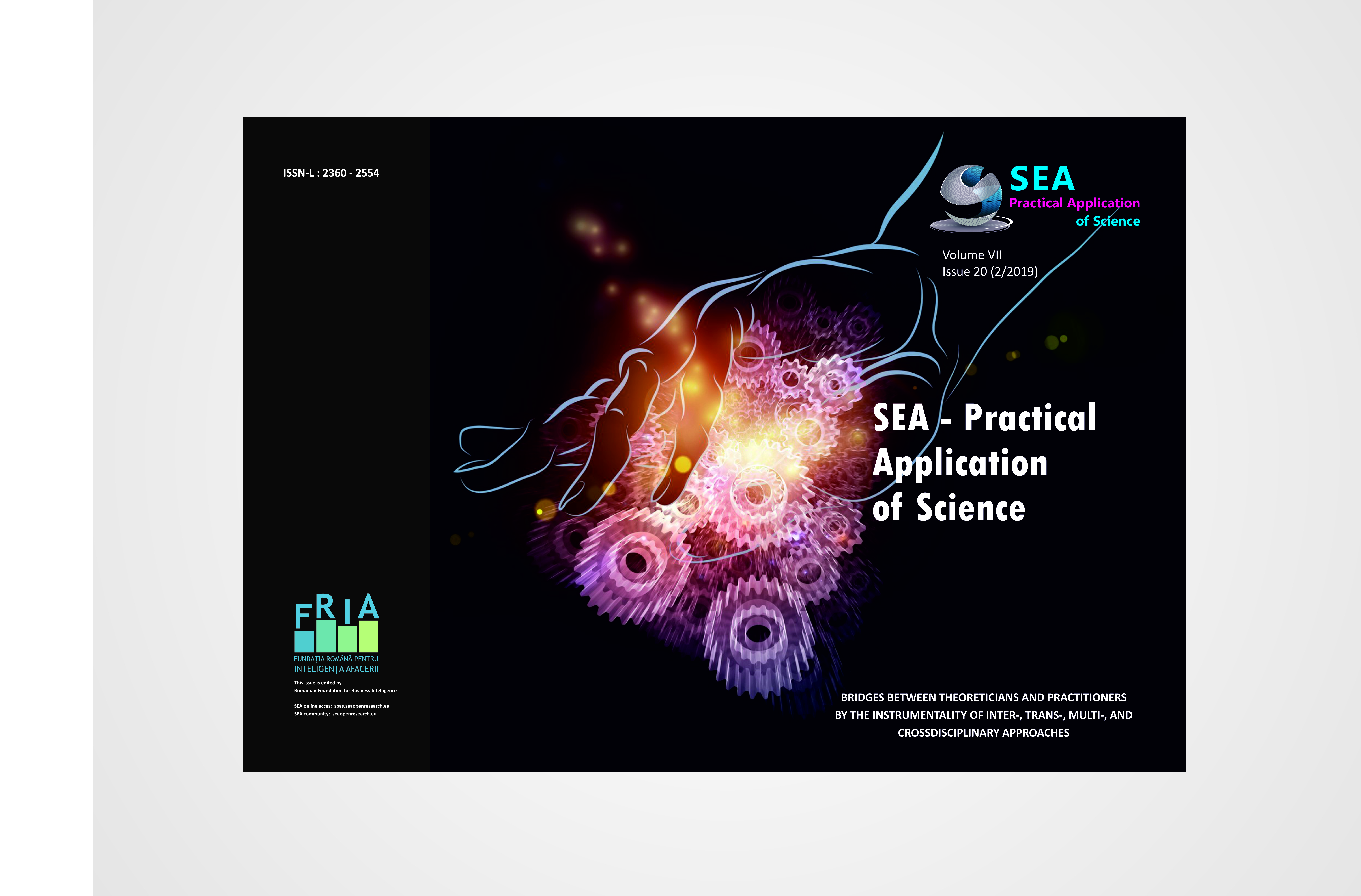
Definition of sports supplements: A food, a component of the food, a nutrient, or a non-nutritional component is ingested in addition to foods consumed daily in order to achieve specific health and/or beneficial performance. Nutritional supplements should be consumed to supplement a balanced diet, not as a substitute. Nutritional supplements should not be administered by approaching the "Same for All" system; it should be considered that athletes train for different goals (problems with body composition, recovery after injuries) and train with different loads. Sports nutrition products such as sports drinks and protein refreshments are not considered nutritional supplements. The approach to nutritional supplements should be in accordance with the WADA Code (World Anti-Doping Agency) which stipulates that all supplements used do not contain prohibited substances in sports. Nutrient supplements are preparations that have in their composition macronutrients, micronutrients and other edible substances. Protein consumption is crucial for any individual involved in strong, vigorous workouts. 1 gram of protein has 4 calories. Protein is essential for growth and repair.
More...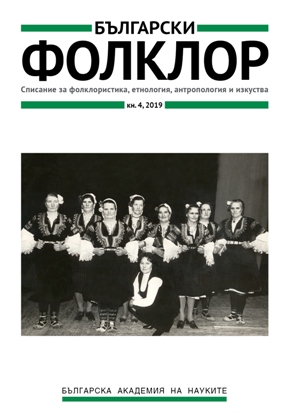
National scholarly conference
More...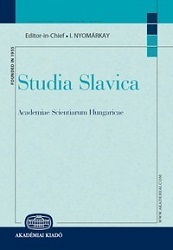
Nowadays, sports play an important role in the world, both from the pure competitive (even emulative) and political point of view. The influence of sports is also traced here at the linguistic level: many words and expressions from the field of sports penetrate the language but, on the other hand, the sphere of sports itself becomes a fertile ground for the emergence of new expressive words and idioms having different stylistic and expressive colours that can perform various pragmatic functions. In the language of sports, lexical units often acquire a new meaning related to sports; in some cases, the meanings of already existing metaphorical phraseological models are actualized. The paper is devoted to the problem of the status and description of one of the types of phraseological units, i.e. stable comparisons, which are used in the sphere of sports or sports discourse in modern Russian and Ukrainian languages. On the one hand, these units have their origins in sports slang as well as in mass media language and also come from common phraseology and other discourses. On the other hand, such units have not only a high expressive level but they are often used as picturesque and metaphorical means in other discourses, e.g. political, social, or economic. Such expressions are nowadays very popular and commonly used both in spoken language (speech) and in mass media language. Stable comparisons are, in fact, a universally figurative and expressive means of language which can be used in any situation, context, and in any pragmatic field of language use. The sphere of sports is not an exception, where such language units fulfil various functions both in the language of sports journalism (oral reportages, articles on sports, internet communication and discussions in internet forums specializing in sports) and in the speech of the athletes themselves. This paper discusses some of the most commonly used stable comparisons in the sphere of sports (i.e. sports discourse) both in Russian and Ukrainian languages. The metaphorical models of such units are examined from the point of view of Russian–Ukrainian language convergence. It can be stated that the language of modern Russian sports journalism can be seen today to a certain extent as a possible (or potential) prototype for the development of Ukrainian-language sports discourse. Generally speaking, live contacts in interdiscourse sports communication, including the language of sports journalism, however, are still ongoing and active language interaction at the level of vocabulary and phraseology remains one of the most effective means of enriching the vocabulary of the national language.
More...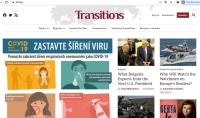
Regional headlines: Estonia faces fallout over homophobic remarks; Belgrade to welcome Russian military; EU vs. Poland, TBD; Holocaust play opens in Bucharest; and Chernobyl goes virtual reality.
More...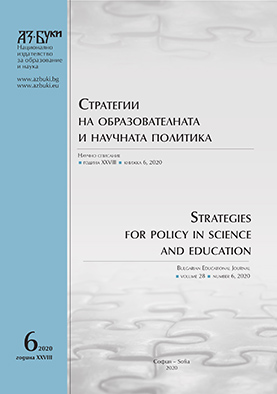
A number of reports of organizations of world, national and regional levels, state poor health condition of people, and especially of children and youth, due to low physical activity. In response, all existing organizations and national Governments have adopted and signed charters and plans for action. As an expression of the Bulgarian State policy, and in accordance with EU recommendations, the Bulgarian Physical Education and Sport Act defines that the subject Physical Education and Sport is integral part of Bachelor and Master education, in the form of compulsory, elective and optional classes, with a minimum workload of 60 compulsory classes per academic year. In contradiction, the Higher Education Act defines that the subject’s curricula is developed according to the profile of the university and the proposals of the Students’ Council. The study aimed to establish the subject PE and Sport’s status in University “St. Kliment Ohridksi” Faculties programmes’ curricula and how it affects the students’ activity and participation in sport classes. The results show that the subject is included in Bachelor programmes only. Furthermore, each Faculty and even programme apply the Low loosely and selectively, which does not contribute for fulfilling the subject’s main purpose of accustoming young people to regular exercise thus improving their health and creating knowledge, skills and habits for future healthy lifestyle.
More...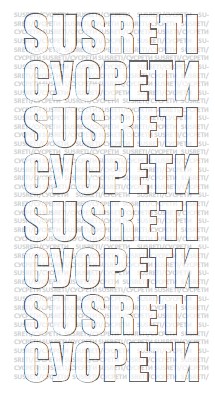
Review of: Ivo Mijo Andrić - Savo ILIĆ: BLAGODATI NORDIJSKOG HODANJA, Digitalne knjige, Zagreb, 2019. Ivo Mijo Andrić - Joso ŽIVKOVIĆ: TRAGOM POKORENIH ŽELJA, DHK i DHKHB, Osijek – Mostar, 2019. Ivo Mijo Andrić - Milan RUPČIĆ: KRUGOVI NA POVRŠINI, Vlastita naklada, Zagreb, 2019. Jovanka Stojčinović Nikolić - Жељка АВРИЋ: ПЕСМА ЈОЈ ЈЕ ДРУГО ИМЕ, Дом културе Ивањица, 2020 Božidar STANIŠIĆ - Lana BASTAŠIĆ: UHVATI ZECA, Kontrast, Beograd, 2018. Sead HUSIĆ - Ibrahim KAJAN: KRICI I ŠAPUTANJA. PUTOPISI IZ HUMSKE ZEMLJE, Bosanska riječ, Tuzla, 2017. Žarko MILENIĆ - Lidija PAVLOVIĆ - GRGIĆ: GDJE ŽIVI BAJKA?, Planjax, Tešanj, 2019. Žarko Milenić - Цвијетин РИСТАНОВИЋ: СВАКИДАШЊЕ ПРИЧЕ, Свет књиге, Београд, 2017. Melida TRAVANČIĆ - Armin POHARA: BOSANSKI ZABORAV, Lijepa riječ, Tuzla, 2019. Mirsad Kunić - Sead HUSIĆ: ČASOPISNE PJESME, Lijepa riječ, Tuzla, 2020. Leontin Čapo Milenić - Ivona IVIĆ: ADASTRA, Vlastita naklada, Bošnjaci, 2020. Leontin ČAPO MILENIĆ - Marijana MARTINČIĆ: SUSRET SA SOBOM, Vlastita naklada, Pula, 2020. Suada M. KOVAČEVIĆ - Suvad ALAGIĆ: NISAM BANDIT, JA SAM PJESNIK, Planjax, Tešanj, 2020. Suada M. KOVAČEVIĆ - Danica VLAŠIĆ: U ZAČARANOM KRUGU, Vlada Brčko distrikta BiH – Književni klub P. N. Brčko distrikt BiH, 2020. Suada M. KOVAČEVIĆ - Zijad KONJIĆ: ZEMLJA RAJSKE DJECE, OFF-SET, Tuzla, 2019.
More...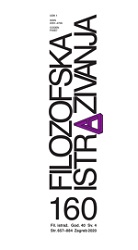
Events: 1) Interdisciplinarna radionica »American Studies Today – Paths, Paradigms, Strategies« 2) 3. Osječki dani bioetike 3) 3. Međunarodni transdisciplinarni simpozij Bioetika i aporije psihe 4) Godišnji simpozij Hrvatskog filozofskog društva »Filozofija, obrazovanje i škola«
More...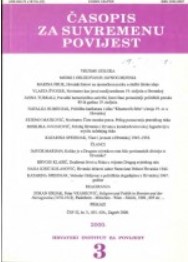
Social life in Sisak during WWII (April, 1941- May 1945) had not stopped, but had adjusted to the new circumstances. War and change of authorities had imposed new criteria and priorities. With the destruction of the largest part of archival materials after the war, the most important source of information was the weekly "Hrvatske novine", which had been published from 1925 to 1945. At the beginning of the WWII Sisak had a little less than fifteen thousand inhabitants and was a strong economical and craftsmanship center, what had affected the development of the social life. During the wartime years numerous sport and musical events, movie projections, performances and ceremonies, lectures and other similar activities had been taking place. This was supposed to serve as a proof for the normal functioning of the city. However life was not developing in a completely normal manner, but was restricted to wartime circumstances (lights being turned off, curfew, bombarding ... ) and the actions by the new authorities. into the new order some Sisak associations and politically undesirable individuals (like the Communists) did nat fit in, as well as members of some ethnic minorities (like the Serbs and the Jews).
More...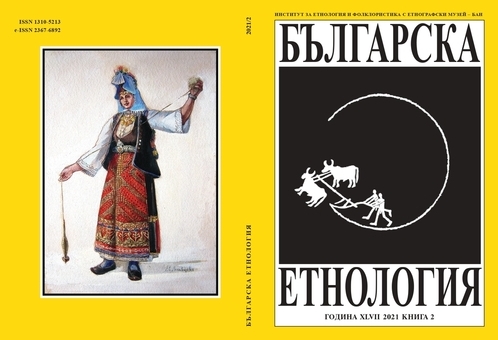
In recent years, anthropologists have increasingly identified topics and facets of sport as important fields of inquiry for their discipline. Following a discussion of the rather sporadic and cursory engagement with sport in social anthropology in the German, French, British and American tradition, we examine the changing role of anthropology of sport by discussing its methodologies and the analytical value of key concepts for the study of contemporary social, cultural, economic and political phenomena. Given the ongoing processes of sports’ globalization and commercialization, such phenomena are increasingly visible in and through games, events and changing local body cultures. In order to utilize sports’ increasing potential for central debates in anthropology, we argue for further consolidation and institutionalization of sports research in the discipline.
More...
The path leading to the Olympic Games is lengthy and laborious, requiring a significant amount of physical training and participation in competitive events. Up to four of the best female gymnasts from a given country can participate in the postponed Tokyo2020 Summer Olympics. The preparation and daily routines of three such gymnasts: Morgan Hurd (USA), Angelina Melnikova (Russian Federation) and Yile Chen(People’s Republic of China) is featured in the All-Around documentary series with new episodes released monthly on the IOC’s Olympic Channel which is available worldwide at the Olympic Channel’s website and the Olympics YouTube channel. The road to the Olympics for these and other female gymnasts is also presented via their personal social media profiles and video-sharing platform channels (Instagram, Facebook, YouTube, etc.). Based on the research of textual and visual online publications by or about women gymnasts preparing for the Olympic Games, the current text is aimed at presenting the everyday life and lifestyle of the gymnasts as featured in the media, including their training routine, participation in competitions, their education and social life (family, friends and other social circles).
More...
The article follows the establishment and popularization of a Bulgarian martial arts style form the beginning of the 21st century. The emphasis is on the symbolic elements from various time periods, which form the visual presentation of the style. Utilizing ethnographic methods, there is an analysis of the choice of symbols stemming from different historic periods but all proving to be very convenient for contemporary use. Theoretically, the research fits within the frame of invented traditions as per EricHobsbawm. The development of the Bulgarian fighting style is reviewed in a social historic context as well as a dynamic process, which is still active.
More...